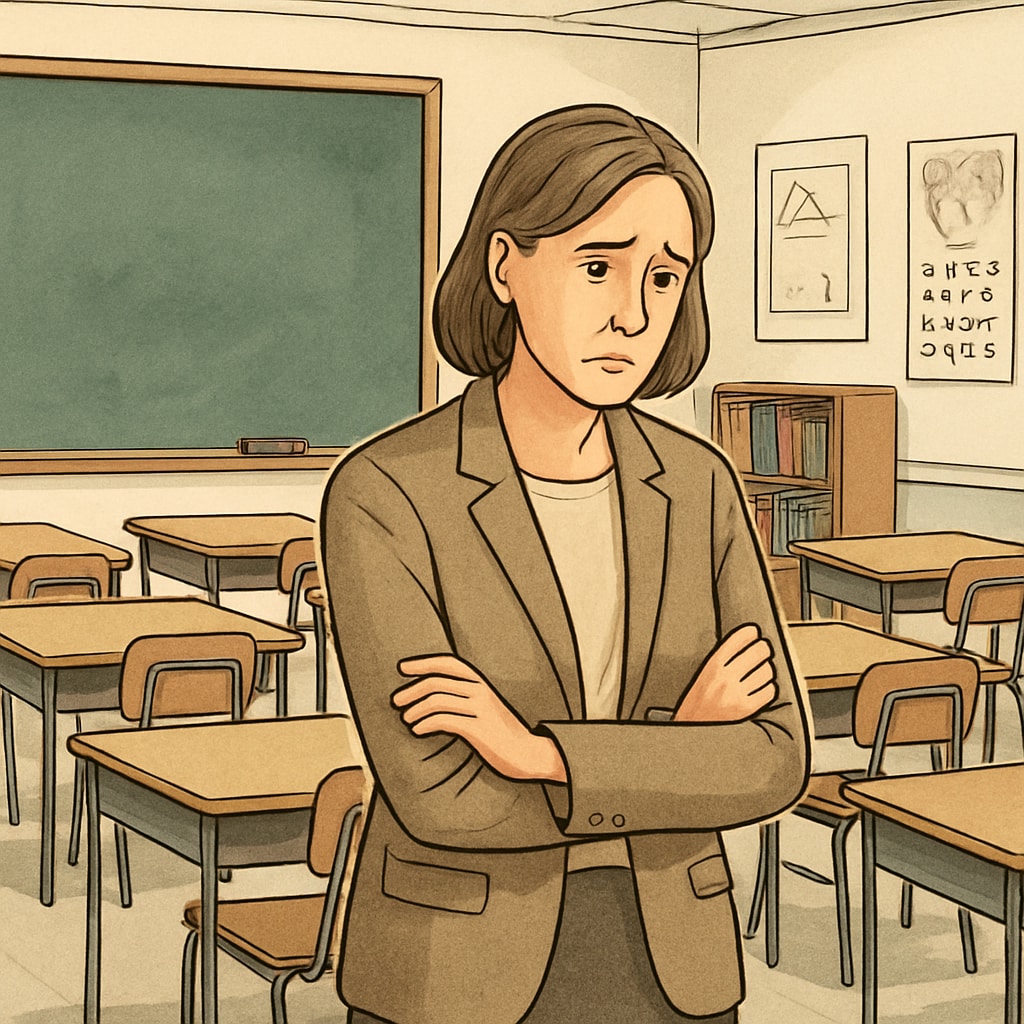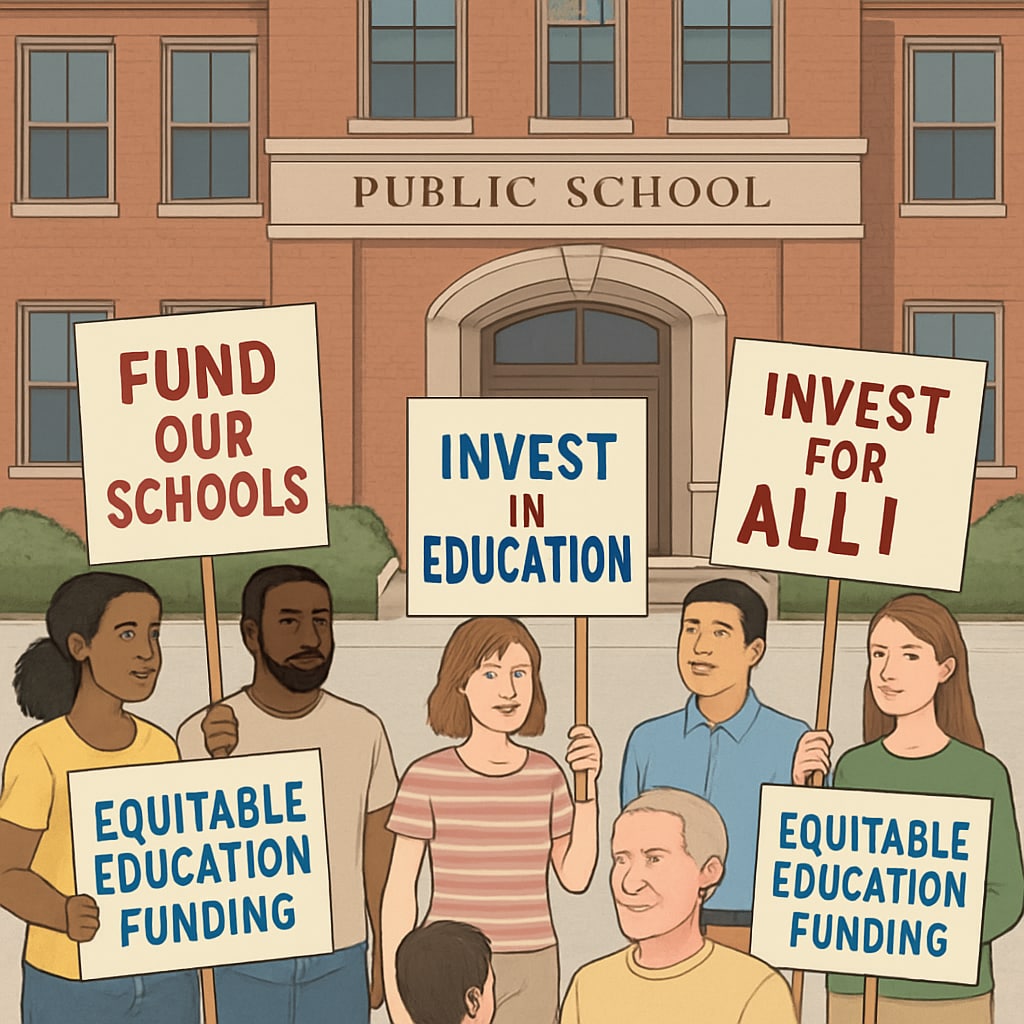The redirection of education funds, privatization, Stand For Children, and misleading legislation has sparked growing concern among educators and policymakers. While the organization Stand For Children claims to advocate for better education, its legislative tactics often tell a different story. By channeling public funds into private institutions under the guise of reform, they are systematically dismantling the foundation of public education. As a result, countless schools face closures, while teachers are left jobless, further deepening the crisis. But how exactly does this happen, and what can be done to prevent it?
Stand For Children: A Deceptive Advocate for Education?
Stand For Children presents itself as a champion for educational equity. However, many of its legislative proposals prioritize privatization over the support of public schools. These bills often appear to improve funding or expand opportunities, but their true impact is far more damaging. For example, policies promoting charter schools and voucher programs divert significant resources from already underfunded public schools to private entities.
One of the most troubling aspects of these efforts is how they are framed. By masking privatization as “school choice” or “innovation,” Stand For Children garners public support while eroding public education systems. The result? Public schools lose critical funding, which leads to larger class sizes, fewer resources, and reduced teacher retention.

The Impact of Misleading Legislation on Public Education
Legislation backed by Stand For Children often employs misleading language to pass under the radar. For instance, bills that allocate funds for “student success initiatives” may sound beneficial, yet these initiatives frequently funnel money into private and charter schools rather than addressing the systemic needs of public schools. This redirection of funds creates a ripple effect:
- Public schools are forced to close due to insufficient funding.
- Teachers face layoffs, leading to an increase in unemployment within the education sector.
- Students are left with fewer public school options, disproportionately affecting low-income communities.
According to a comprehensive analysis on Britannica, public education systems thrive when adequately funded and supported. However, the privatization trend championed by organizations like Stand For Children threatens to widen the gap between privileged and underserved communities.

Reclaiming Public Education: What Can Be Done?
To counter the negative effects of privatization, communities must take a stand to protect public education. Here are some strategies:
- Raise Awareness: Educate the public about the true impact of privatization and misleading legislation.
- Advocate for Transparency: Demand detailed reporting on how education funds are allocated and spent.
- Support Pro-Public Education Policies: Back candidates and initiatives that prioritize funding for public schools.
- Foster Community Engagement: Encourage parents, teachers, and students to participate in school board meetings and policy discussions.
In addition, organizations like the National Education Association continue to advocate for equitable funding and policies that strengthen public schools. Supporting such groups amplifies efforts to counteract the privatization trend.
Conclusion: A Call to Action
The actions of Stand For Children reveal the hidden dangers of privatization and misleading legislation in education. By redirecting funds from public schools to private institutions, they are undermining the very system they claim to support. However, this is not an irreversible trend. By raising awareness, advocating for transparency, and supporting pro-public education initiatives, communities can reclaim public education and ensure a brighter future for all students.
It is crucial that we remain vigilant and proactive. The future of public education—and the opportunities it provides—depends on our collective action today.


